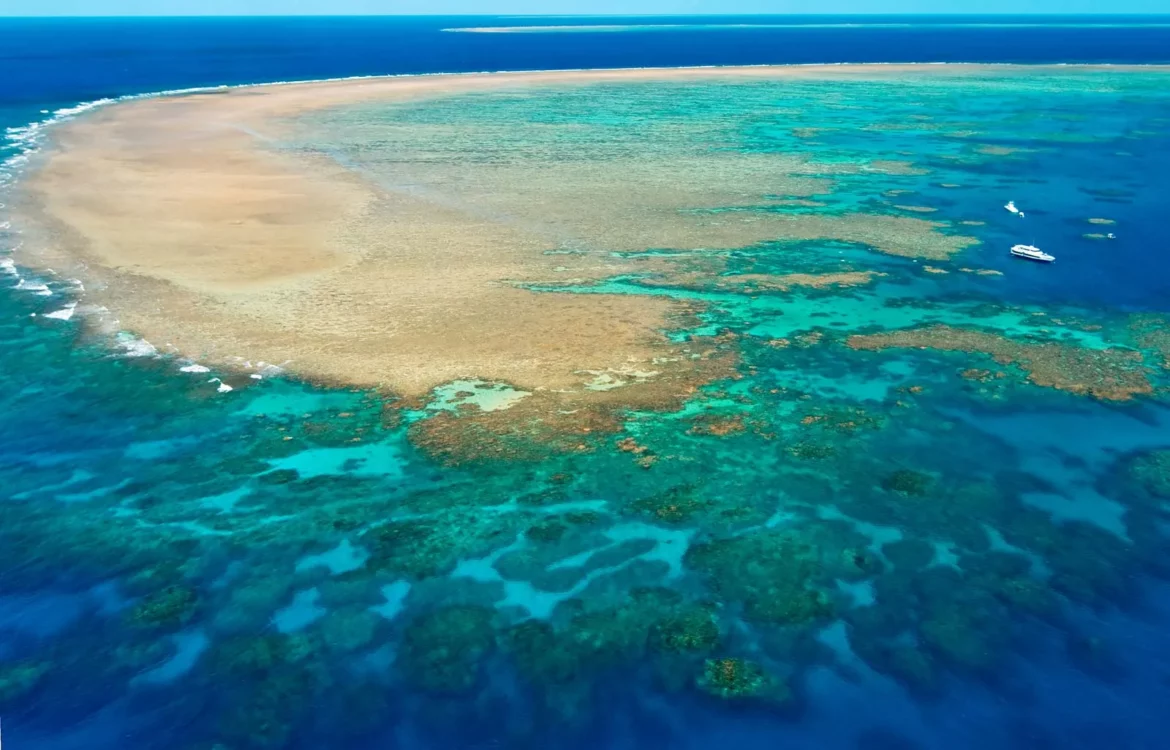In 2025, while global attention fixated on wars, elections, and AI regulation, something else happened—largely unseen, mostly irreversible. The oceans turned white.
According to NOAA and the Global Coral Reef Monitoring Network, 84% of the world’s tropical coral reefs experienced bleaching between mid-2023 and early 2025—the most widespread coral bleaching event in recorded history. From the Great Barrier Reef to the Caribbean to East Africa, reefs that took millennia to grow were devastated in mere months.
This isn’t a crisis for marine biologists alone. It’s a planetary warning shot.
🌡️ What Is Bleaching, and Why Now?
Coral bleaching occurs when prolonged ocean heat stress forces corals to expel their symbiotic algae—the zooxanthellae that give reefs their vivid colors and provide most of their energy. Without them, corals turn ghostly white. If the heat persists, they starve and die.
What made this event different was its duration and scope. In parts of the Indian Ocean, sea surface temperatures remained 2°C above average for six consecutive months—long enough to push even resilient reef systems beyond recovery.
While El Niño played a role, scientists are clear: human-driven climate change has supercharged ocean warming, raising baseline temperatures and reducing recovery windows between stress events.
🧬 Ecosystems in Collapse
Coral reefs cover less than 1% of the ocean floor, but they support 25% of all marine species. They are biodiversity engines, breeding grounds, and feeding zones. Their loss sets off cascading effects: fish populations collapse, coastal food security weakens, and predators lose their nurseries.
Entire economies feel the impact. In Southeast Asia and the Pacific, reef tourism supports millions. In the Caribbean, local fishers are reporting record-low catches. In the Maldives, bleaching threatens both food supply and shoreline stability.
Beyond ecology, reefs are infrastructure. Their complex structures buffer coastlines from storm surges, reducing flood risks and erosion. When they degrade, climate impacts accelerate.
🧪 Restoration: Too Little, Too Late?
Coral restoration projects—using heat-tolerant strains, artificial reefs, or “coral gardening”—have scaled up in the last decade. But they are expensive, localized, and still experimental.
Efforts in Florida, the Philippines, and Mauritius have shown promise, with survival rates of lab-grown coral now exceeding 60% in some zones. But restoration cannot keep pace with destruction. As one marine scientist put it: “We’re planting trees during a forest fire.”
Unless global carbon emissions fall dramatically, bleaching events will become annual, not exceptional—making large-scale reef recovery mathematically impossible.
🔥 A Symptom of a Broader Burn
The coral crisis is not isolated. It reflects the broader trajectory of Earth’s climate systems: slow erosion of tipping points, unnoticed until they break. And coral, unlike glaciers or permafrost, can die in silence—without spectacle.
In a world accustomed to visible climate disasters, the bleaching of the oceans is a tragedy of invisibility. No viral videos. No front-page headlines. Just a quiet, planetary fade to white.
What we’re losing isn’t just marine life—it’s the memory of what a stable ocean once was.


3 comments
Neque porro quisquam est, qui dolorem ipsum quia dolor sit amet, consectetur, adipisci velit, sed quia non numquam eius modi tempora incidunt ut labore.
Quis autem vel eum iure reprehenderit qui in ea voluptate velit esse quam nihil.
Et harum quidem rerum facilis est et expedita distinctio. Nam libero tempore, cum soluta nobis est eligendi optio cumque nihil impedit quo minus id quod maxime placeat facere.